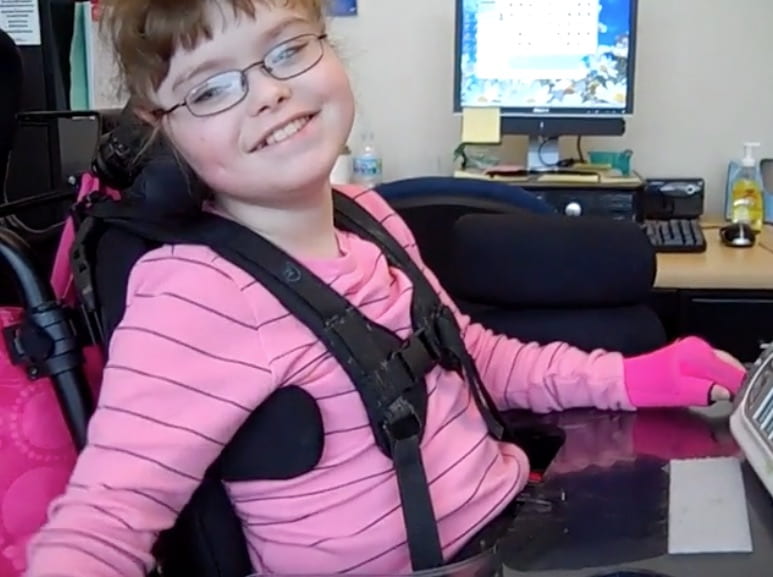The AAC Learning Center Moodle provides free evidence-based content on augmentative and alternative communication (AAC) for pre-service teachers and speech-language pathologists. Students will be able to complete activities on-line, and then download a Certificate of Completion as documentation of their activities. Students also will be able to print and complete a guided notes activity that summarizes the key content of the module.
Below please find an outline of the content for AAC for Children – An Introduction. Please click on AAC for Children – An Introduction to view the materials at the AAC Learning Center Moodle
AAC for Children – An Introduction provides an introduction to AAC, including the stories of three children:

Maya, a young girl with a rare genetic syndrome and autism spectrum disorder. Maya’s mother has developed and provided AAC supports for Maya from an early age, and Maya is an active and proficient communicator at home and at school.

Jenna, a young woman with a diagnosis of cerebral palsy. She has used a wide variety of AAC systems to participate and communicate in a variety of situations, with a special emphasis on communicating with family members.

Jackson, a young boy with Down syndrome. He lived at home with his family, and had many of the same interests as any young child, for example, playing games and singing songs and looking at books with a communication partner. Jackson used a variety of AAC modes from an early age.
Students also will be introduced to three key principles for successful intervention:
- using a family-centered approach to AAC assessment and intervention,
- developing personalized AAC systems,
- supporting the child’s use of AAC in motivating communication opportunities
We estimate it takes students approximately 50 minutes to complete this module and earn the Certificate of Completion. To view the module, please go to https://moodle.aac-learning-center.org , register, and log in. You will then be able to select (“Access”) the module on AAC for Children – An Introduction.